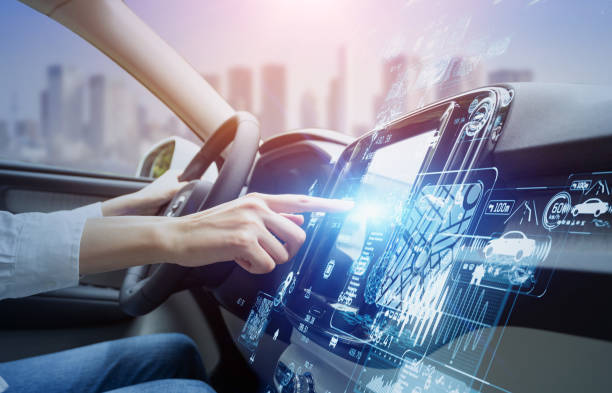Steering Into the Future: The Emergence of Digital Cockpits
The digital cockpit has emerged as the new frontier in the automotive industry, revolutionizing driver's interaction with their vehicles. It is a fascinating blend of technology and design, reshaping the driving experience while pushing the boundaries of innovation and convenience.

A Trip Down Memory Lane: The Evolution of Car Cockpits
The journey of car cockpits spans over a century, from the rudimentary controls of the first automobiles to the digital interfaces of today. Early car cockpits were simple, featuring analog dials and switches to control essential functions. The advent of digital technology in the 1980s marked a significant shift, ushering in the era of digital dashboards. Fast forward to the present day, and we’re witnessing the rise of fully integrated digital cockpits, transforming the way drivers engage with their vehicles.
Current Industry Trends: A Digital Revolution
Today’s digital cockpits are a far cry from their analog predecessors. They are powered by sophisticated software systems, offering a wide range of features from navigation and entertainment to advanced driver assistance. This digital transformation is also promoting a more seamless and personalized driving experience. According to industry experts, this trend is set to continue, with digital cockpits becoming a standard feature in future vehicles.
The Impact of Digital Cockpits: Benefits and Challenges
The transition to digital cockpits has its share of advantages and challenges. On the one hand, they offer enhanced functionality, convenience, and personalization. They also facilitate the integration of advanced driver-assistance systems, improving safety and comfort. However, these benefits come with several challenges. The complexity of digital systems can lead to potential software glitches and cybersecurity issues. Furthermore, the steep learning curve associated with these systems could be intimidating for some drivers.
The Future of Digital Cockpits: A Forward Glance
Looking ahead, the future of digital cockpits seems promising. The ongoing advancements in technology promise to bring even more innovative features, making the driving experience more comfortable and enjoyable. We are likely to see more advanced voice recognition systems, augmented reality displays, and even gesture control features. However, it is crucial to balance these advancements with user-friendly design and robust cybersecurity measures.
In conclusion, the rise of digital cockpits marks a significant milestone in the automotive industry. It is a testament to the power of technology in reshaping our driving experience. As we steer into the future, this trend is set to redefine the relationship between drivers and their vehicles, bringing a new level of convenience, functionality, and personalization.




